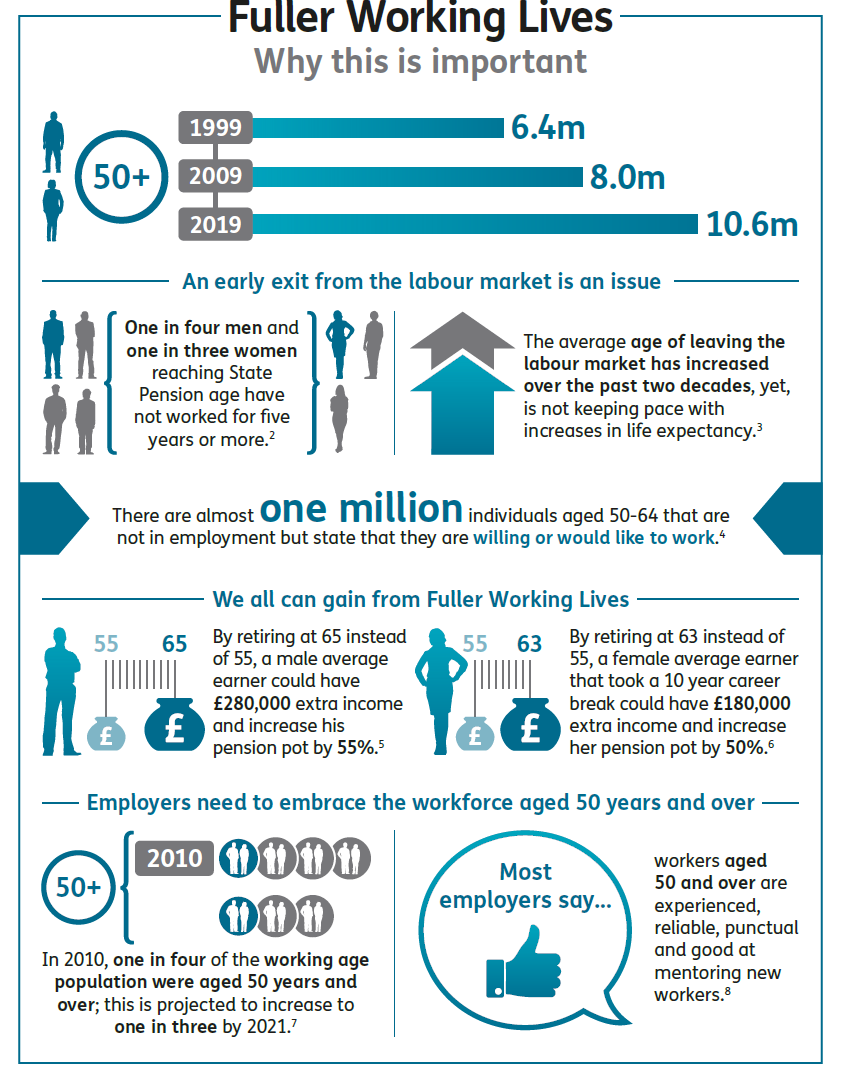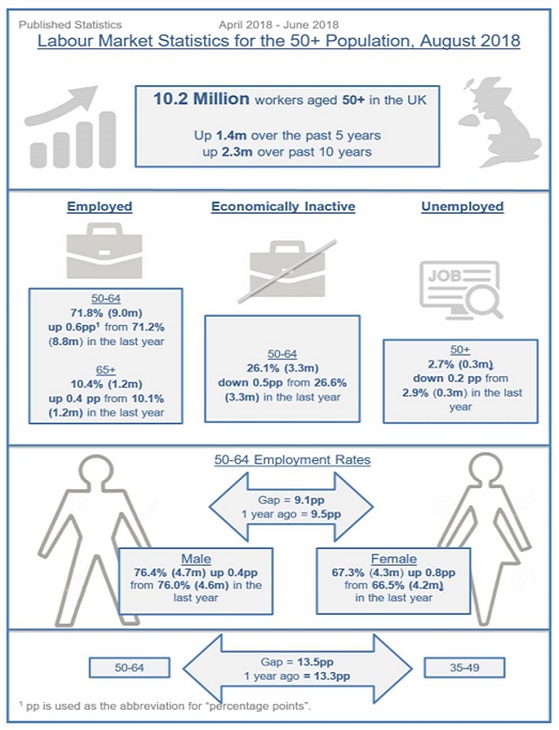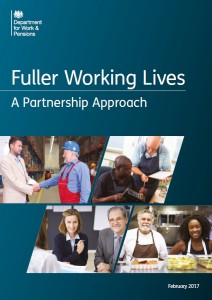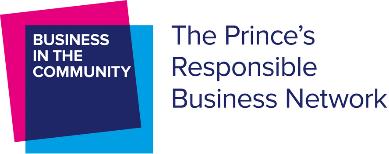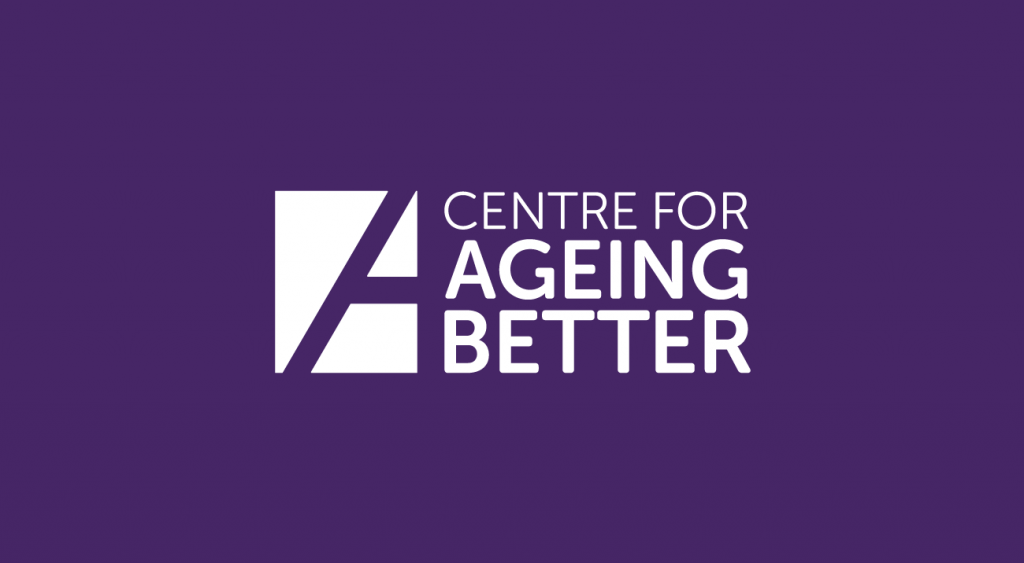Fuller Working Lives, is a government lead partnership approach which encourages businesses to retain, retrain and recruit older workers.
As the workforce ages, employers are increasingly having to retain the valuable skills of their older workers. With many people leaving the workforce before they reach State Pension age, it’s important for employers to offer opportunities, such as retraining and flexible working, to keep them.
Evidence shows that multi-generational workforces are more productive and that businesses benefit from the experience, loyalty and reliability that older workers bring. For employees, making informed and timely career and retirement choices can ensure they are financially secure throughout their life.
- Economic labour market status of individuals aged 50 and over, trends over time: September 2019. Found here
- LFS Q2 Analysis and Blöndal and Scarpetta data pre-1984.Found at: http://dx.doi.org/10.1787/565174210530
3. ONS 2016-based National Population Projections. Found Here
Trends
- The number of individuals aged 50 years and over as a proportion of the adult population is projected to increase from 42 per cent in 2010 to 50 per cent (29.4 million) by 2035. [ONS 2016-based population projections]
- Between 2018 and 2023 there will be 650,000 more people aged 50-64 (an increase of 5.1%), and 140,000 fewer people aged 15-49 (a decrease of 0.5%). [ONS 2016-based population projections]
- In 2010, one in four of the working age population were age 50 and over, this is projected to increase to one in three by 2021. [ONS 2016-based population projections]
How does the ageing workforce affect you?
- Fewer younger people coming from education and training, means heavier reliance on retaining and recruitment of older people
- Once in work, older workers require retraining to ensure their skills are up to date and they can adapt to any changes in the work environment
Top tips for employers
Firstly, conduct an age audit (Look), talk to employees about the results (Listen) and consider options (Act) including:
- flexible working in its fullest sense (not just part-time)
- support for carers, including both paid and unpaid carers’ leave
- career conversations
- advice on financial planning, health and skills, including pre-retirement advice, age-specific wellness programmes, workplace adaptations and retraining
- apprenticeships for older workers
- fair recruitment where older people are actively encouraged to apply for and get a proportion of jobs on offer
- jobs designed for flexible working that are advertised as such
- intergenerational mentoring
Skills, Productivity and the Ageing Workforce:
Nearly one in three workers in the UK are aged 50 and over, and with the average employee in the UK in their 40s, this is set to grow over the next decade. With many more people working into their 60s and beyond, people aged 50 may have another 20 years of working life ahead of them.
As the workforce gets older, the competition is now on for the best and most experienced staff. There are fewer school leavers, and the expectation is that it will become harder and harder to fill vacancies with workers from outside the UK.
The older workforce is already a reality. Employers need to act now to attract and retain older workers or they will fall behind their competitors.
The above Tri-fold leaflet is a very useful source of information and practical advice and contains links to a number of tool kits to help your business get the best from an ageing workforce.
Download the PDF Fuller Working Lives – Tri-Fold Leaflet
what employers need to know
As the workforce ages, employers are increasingly looking to retain the valuable skills of their older workers. With many people leaving the workforce before they reach State Pension age, it’s important for employers to offer opportunities, such as retraining and flexible working, to keep them.
Fewer younger people entering the workforce and training, means an increasing reliance on retaining and recruitment of older people.
Once in work, older workers may require retraining to ensure their skills are up to date and to help them adapt to any changes in the work environment.
Employers recognised for best practice understand the business case for a mixed-age workforce. They know the age of their workforce, talk to their workers to identify issues and introduce interventions to help retain, retrain and recruit older workers.
Did you know?
- The number of individuals aged 50 years and over as a proportion of the adult population is projected to increase from 42 per cent in 2010 to 50 per cent (29.4 million) by 2035.
- Between 2018 and 2023 there will be 650,000 more people aged 50-64 (an increase of 5.1%), and 140,000 fewer people aged 15-49 (a decrease of 0.5%).
- In 2010, one in four of the working age population were age 50 and over, this is projected to increase to one in three by 2021.
How can I make my workforce more age-inclusive?
Conduct an age audit (Look), talk to employees about the results and what they would like (Listen) and consider options (Act) including:
- Flexible working in its fullest sense (not just part-time)
- Support for carers, including both paid and unpaid carers’ leave
- Career conversations
- Apprenticeships for older workers
- Fair recruitment, actively encouraging older people to apply for and get a proportion of jobs on offer
- Jobs designed for flexible working that are advertised as such
- Intergenerational mentoring
- Advice on financial planning, health & skills, including pre-retirement advice, age-specific wellness programmes, workplace adaptations and re-training
Where can I find more information?
The ‘Look, Listen, Act’ toolkit will guide and support employers in getting started with age inclusion in the workplace: The toolkit is supported by a video which aims to dispel the myths, and the fear some employers have about having career conversations with their older workers. Access the toolkit at http://bit.ly/BITCLookListenActToolkit.
The Mid-life MOT provides access to free, professional and independent advice to help with pension planning, working options and staying healthy: read more at http://bit.ly/Mid-LifeMOT. Supporting the MOT is a “How to” guide – a free toolkit to help SMEs to have a conversation with employees and signpost them to help: get started at http://bit.ly/MOT-GettingStarted.
The Centre for Ageing Better’s report “Becoming an age-friendly employer” sets out five simple actions that employers can take now to improve the way they recruit, support and retain older workers. Access this at http://bit.ly/CFABReport.
The Flexible Working Task Force has published guidance for employers on how to champion flexible working. View this at http://bit.ly/FlexibleWorkingTaskForce.
For more information, contact: FULLER.WORKINGLIVES@DWP.GOV.UK
Or connect with us on LinkedIn at: http://bit.ly/FullerWorkingLivesLinkedIn
Centre For Ageing Better – Mental Health and Wellbeing
Employers must consider mental health and wellbeing for their older workers if they are to ensure they create an environment where everyone can feel at ease. Older employees face a unique set of challenges in the workplace that put them at risk of mental health issues.
Visit the Centre for Ageing Better website
Practical help
The National Careers Service provides free, up to date, impartial information, advice and guidance on careers, skills and the labour market in England. The service has been working with employers to offer older workers a mid-life career review. The review helps identify how workers can update their skills, so they are able to consider other job opportunities with their employer that may suit them better as they approach retirement. https://nationalcareersservice.direct.gov.uk/
Further information:
- Business Champion for Older Workers: Strategy and 2022 Target: https://age.bitc.org.uk/BusinessChampion
- Government’s Fuller Working Lives strategy: https://www.gov.uk/government/publications/fuller-working-lives-a-partnership-approach
- Help and Support for older workers: https://www.gov.uk/government/publications/help-and-support-for-older-workers/help-and-support-for-older-workers
- The Department for Work and Pensions (DWP) Fuller Working Lives Team works with employers and others to promote the benefits of retaining, retraining, and recruiting older workers. For information to inform activities and practical support contact: FULLER.WORKINGLIVES@DWP.GSI.GOV.UK
- The Government’s Carers Action Plan 2018 to 2020 was published on 6 June, designed to deliver activity for carers across Government over the next two years ahead and is structured around the themes of services and systems that work for carers; employment and financial wellbeing; supporting young carers; recognising and supporting carers in the wider community; and building research and evidence to improve outcomes for carers.
https://www.gov.uk/government/publications/carers-action-plan-2018-to-2020
You can download this pdf document by clicking on the link below. The document explains how as the population ages, employers need to draw on the skills and experience of older workers to avoid loss of labour.
fuller-working-lives-a-partnership-approach
Getting Started on Age: Look, Listen, Act: This toolkit for employers will guide and support in getting started with age inclusion in the workplace and includes a three-step process based on Look, Listen, Act. access the Toolkit
Age Action Alliance toolkit. The Employer Toolkit is a new interactive resource, offering guidance for managers of older workers. The information available details how employers can better manage their workforce, and by doing so, how they can capitalise on the UK’s changing demographics. access the ToolKit
The Centre for Ageing Better is an independent charitable foundation that publishes reports on policies and practices for employing and managing an ageing workforce. Evidence drives everything the charity does. On their website, you can find their advised approach on involving people with lived experience into work as well as some FAQs. https://www.ageing-better.org.uk/our-work/being-fulfilling-work
Products and Toolkits
- Age Discrimination: Key Points for the Workplace
- Age Discrimination: Obligations for Employers
- Age Discrimination: Top Ten Myths
Flexible working
- CIPD: Age and Employment Factsheet (Members only)
- Code of Practice on handling in a reasonable manner requests to work flexibly
- Acas Advice: Making a Flexible Working Request
- Acas Advice: Flexible Working and Work-life Balance
- Example of a Flexible Working Policy
- Homeworking: A Guide for Employers and Employees
- CIPD: Flexible Working Task Force
- CIPD: Flexible Working Provision and Uptake
- CIPD: Flexible Working Practices
- The Business Case for Flexible Working
Support for Carers
- Supporting Carers in the Workplace: A Practical Guide for
- EmployersJuggling Work and Unpaid Care: A Growing Issue
Workplace Interventions
- Voluntary Reporting on Disability, Mental Health and Wellbeing
- Becoming an Age-friendly Employer
- Developing the Mid-Life MOT
- The Mid-Life MOT: Helping Employees Navigate Mid-life
- The Mid-Life MOT: Getting Started
- The Mid-Life MOT: Take Control of Your Future Now
- Health in the Workplace – Patterns of Sickness Absence, Employer Support and Employment Retention
- The REC Guide: Older Workers
- Age Opportunity: A Best Practice Guide for Recruiters
- The Ageing Workforce: A Resource for Managers
- Age Awareness Toolkit
- Ready to Face the Challenges of an Ageing Workforce?

